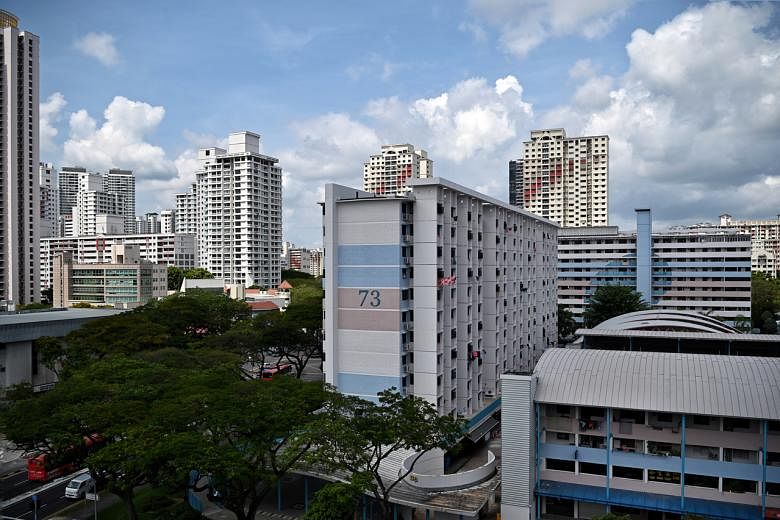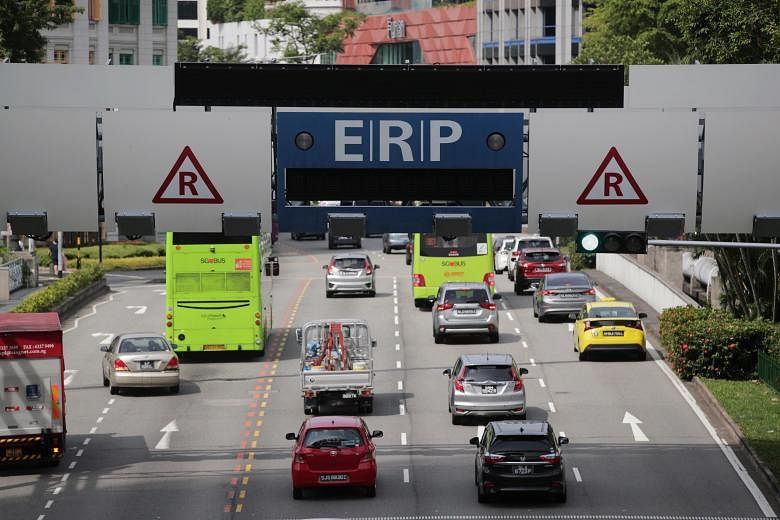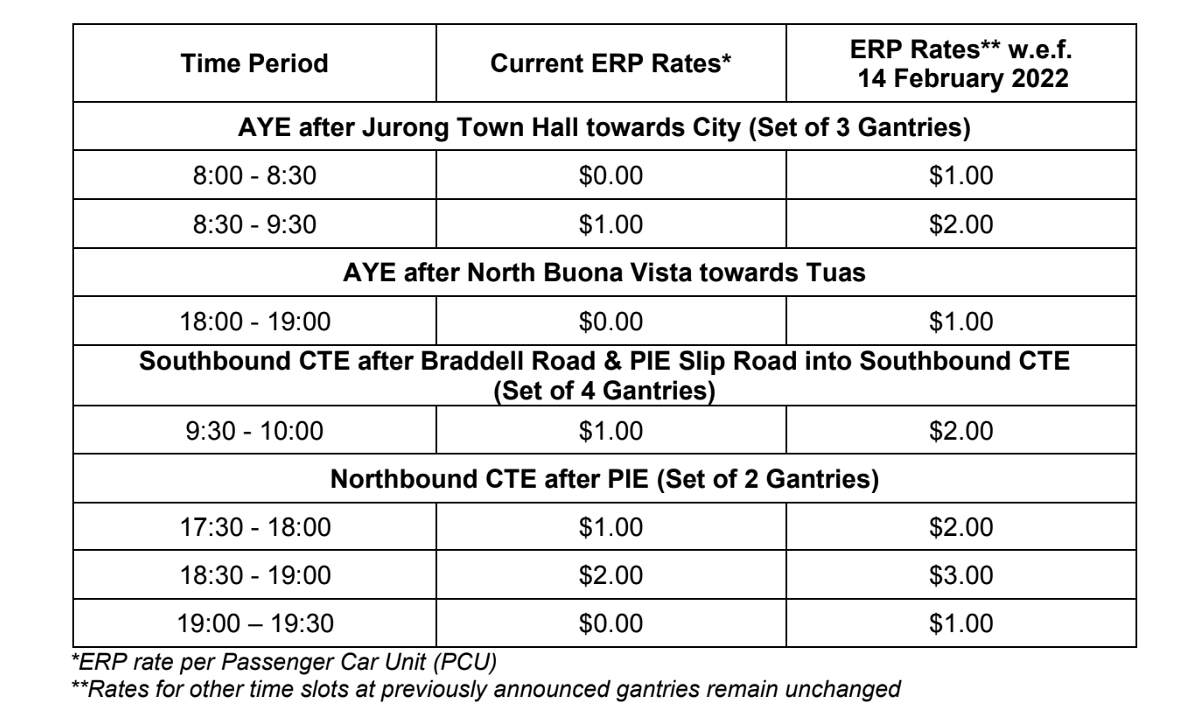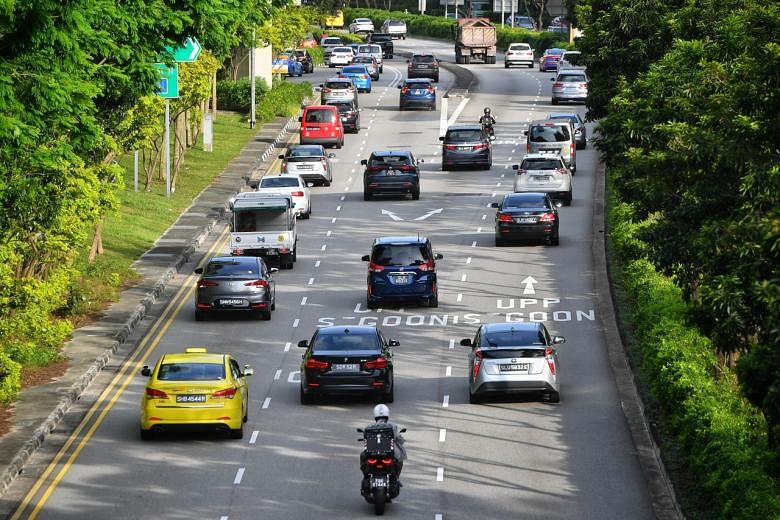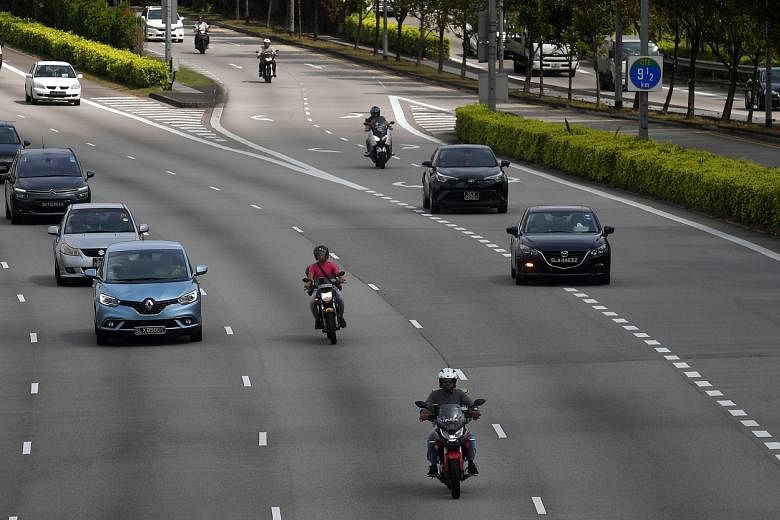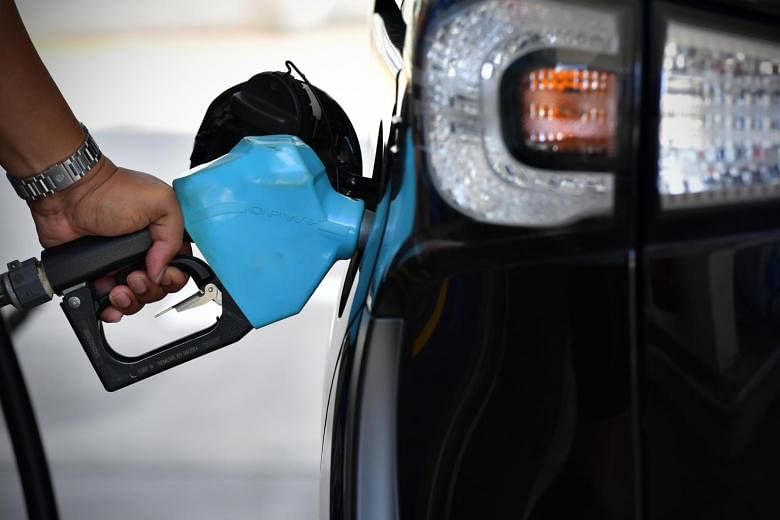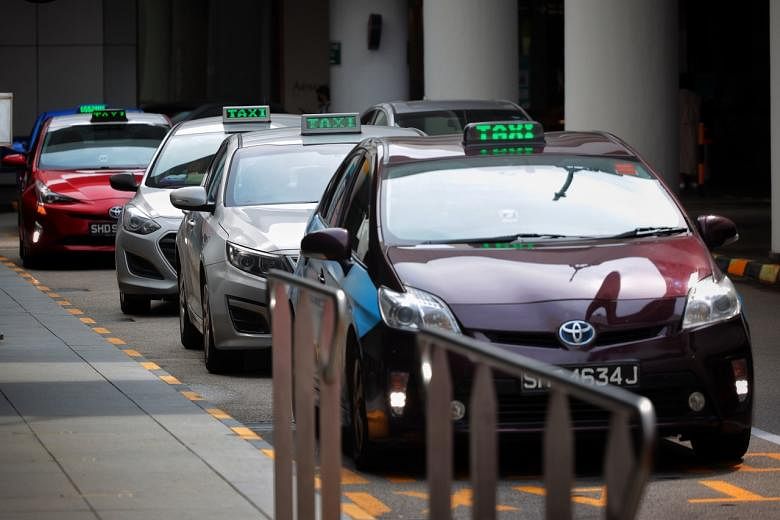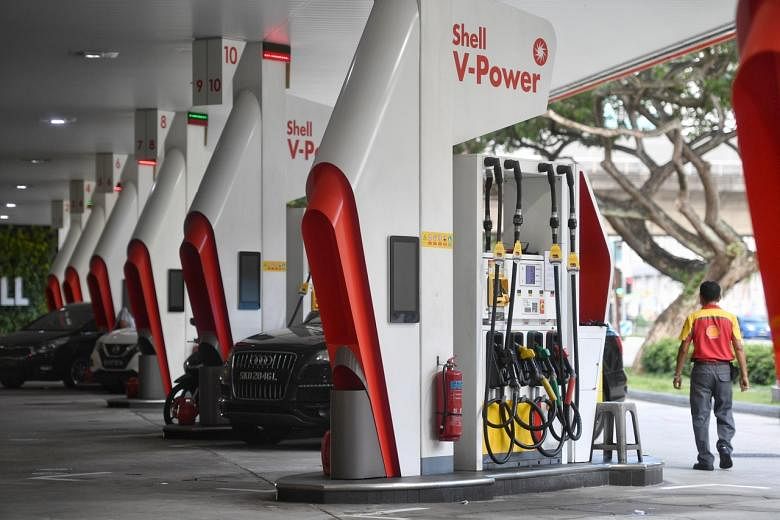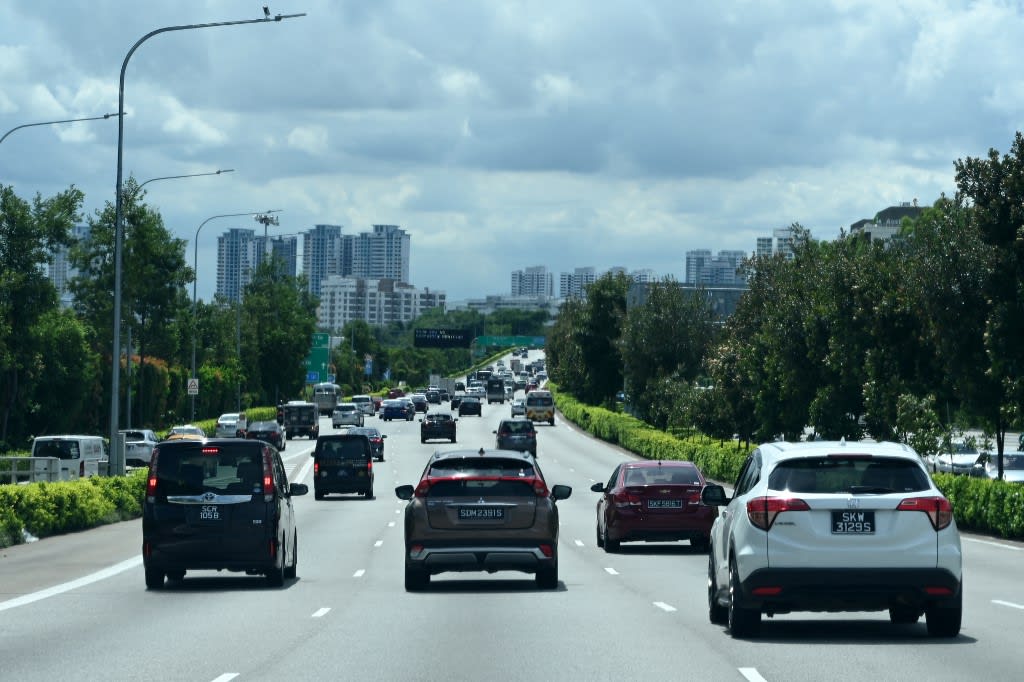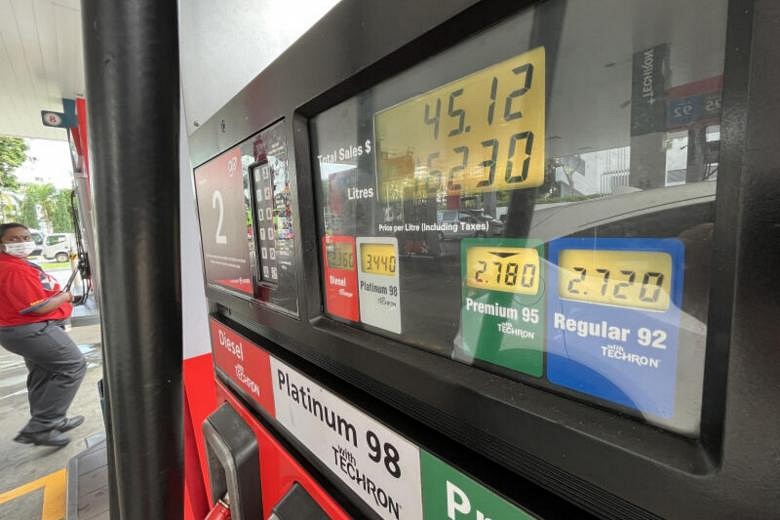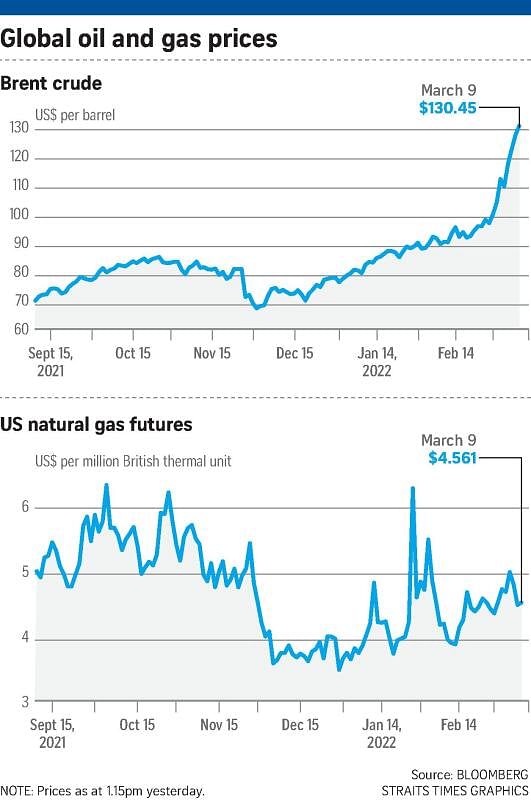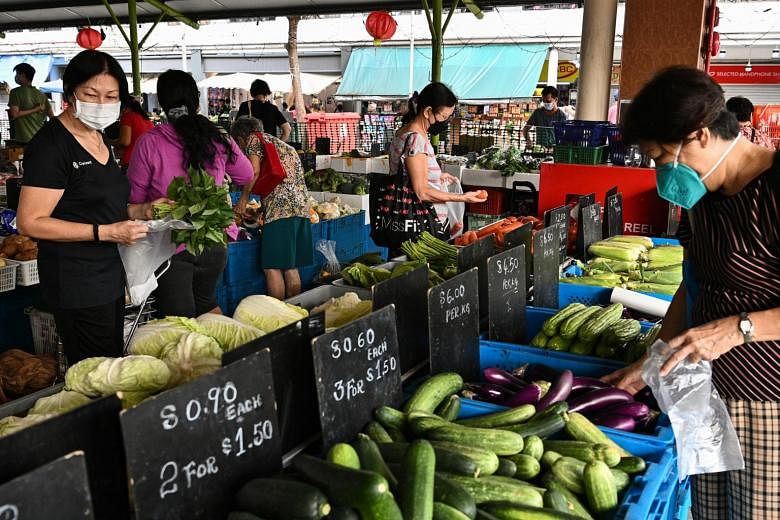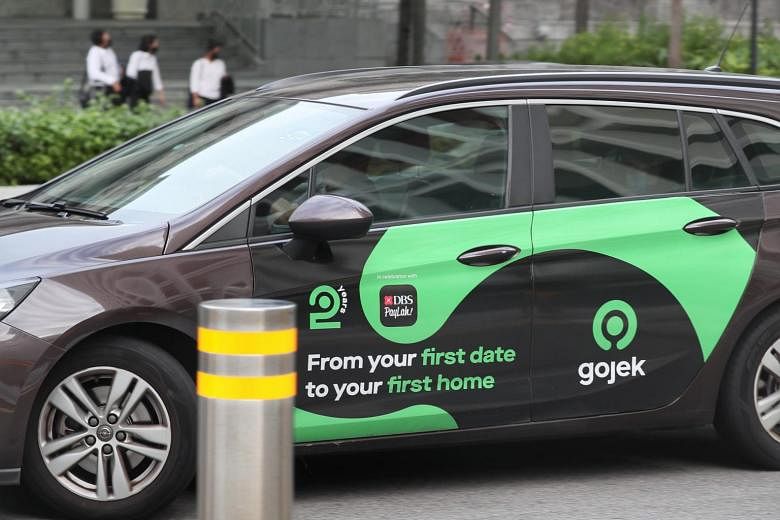ComfortDelGro to raise cab fares by around 8% in March
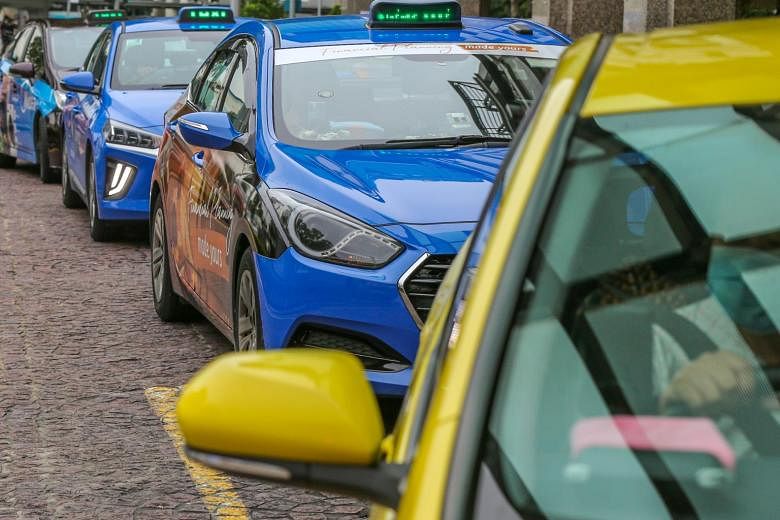
ComfortDelGro said the flag-down fare of its taxis will rise by 20 cents from March 1, 2022. PHOTO: ST FILE

Christopher Tan
Senior Transport Correspondent
Feb 8, 2022
SINGAPORE - Leading taxi group ComfortDelGro will raise cab fares from March 1 - its first fare increase in a decade.
Confirming a report by The Straits Times two weeks ago, the listed company, which controls about 8,900 cabs or 60 per cent of the fleet here, said the flag-down fare will rise by 20 cents.
This means the starting fare of a Hyundai i40 cab will increase from $3.70 to $3.90, and that of a Toyota Prius, Hyundai Ioniq, and Hyundai Kona, as well as the starting fare of a LimoCab and MaxiCab, will increase from $3.90 to $4.10.
Distance and time-based charges will also rise. There will be a two-cent increase for distance rates from 22 cents to 24 cents for every 400m (or 350m after 10km) for normal taxis, and a three-cent increase from 30 cents to 33 cents for limousines.
Likewise, a two-cent increase from 22 cents to 24 cents for every 45 seconds of waiting time for normal taxis, and a three-cent increase from 30 cents to 33 cents for limousines will also take place.
With the increase, the fare for a 10km off-peak normal taxi trip is estimated to rise by 7.7 per cent or 84 cents - from $10.98 to $11.82.
The adjustment, which is almost identical to the one it made in 2011, is to "help cabbies defray higher operating costs resulting from rising fuel prices and inflation", ComfortDelGro said.
"In the last six months alone, fuel prices have increased by about 10 per cent on average, in line with rising oil prices as world economies continue to emerge from the pandemic," it added.
"Inflation has also been heading north. In fact, in the last decade, inflation has grown by close to 12 per cent."
ComfortDelGro added that cabbies' incomes have also been adversely impacted by the pandemic over the last two years, despite government relief and $206.5 million-worth of rental waivers the company has extended to its drivers.
ComfortDelGro private mobility group and taxi chief executive Jackson Chia said: "With rising fuel costs and inflation, the earnings of our cabbies have been hard hit. This fare adjustment will help our cabbies defray the higher costs of operation.
"Given that the last fare revision was more than a decade back, we seek the understanding and support of our commuters."
National Taxi Association adviser Yeo Wan Ling said: "We recognise that taxi fares need to match higher operating costs and have been in talks with ComfortDelGro on fare changes.
"We support the fare adjustments and hope that this move will help drivers better cope with rising costs."
As has happened in the past, the other four taxi operators are likely to follow ComfortDelGro's lead in raising fares.
Mr Neo Nam Heng, chairman of diversified motor group Prime, which operates Prime Taxi, said: “We will just about match their increases.”
Ms Jasmine Tan, general manager of second largest player Trans-Cab, which has around 2,400 taxis, said the company will discuss with its drivers’ union to determine how much it will adjust fares by.
“We will consult the ground and then inform the Public Transport Council,” she said.
Meanwhile, half an hour after ComfortDelGro announced its fare increase, the council replied to a query by The Straits Times filed two weeks ago that “it has been informed of ComfortDelGro’s intention” to raise taxi fares.

